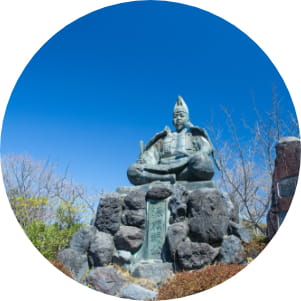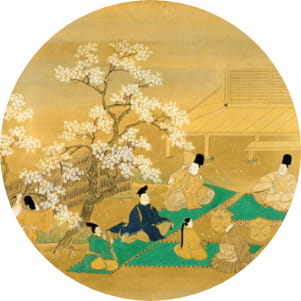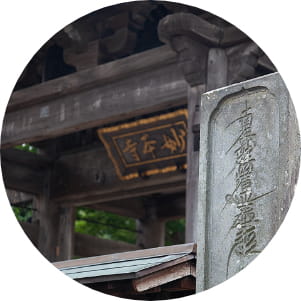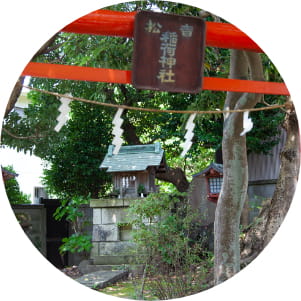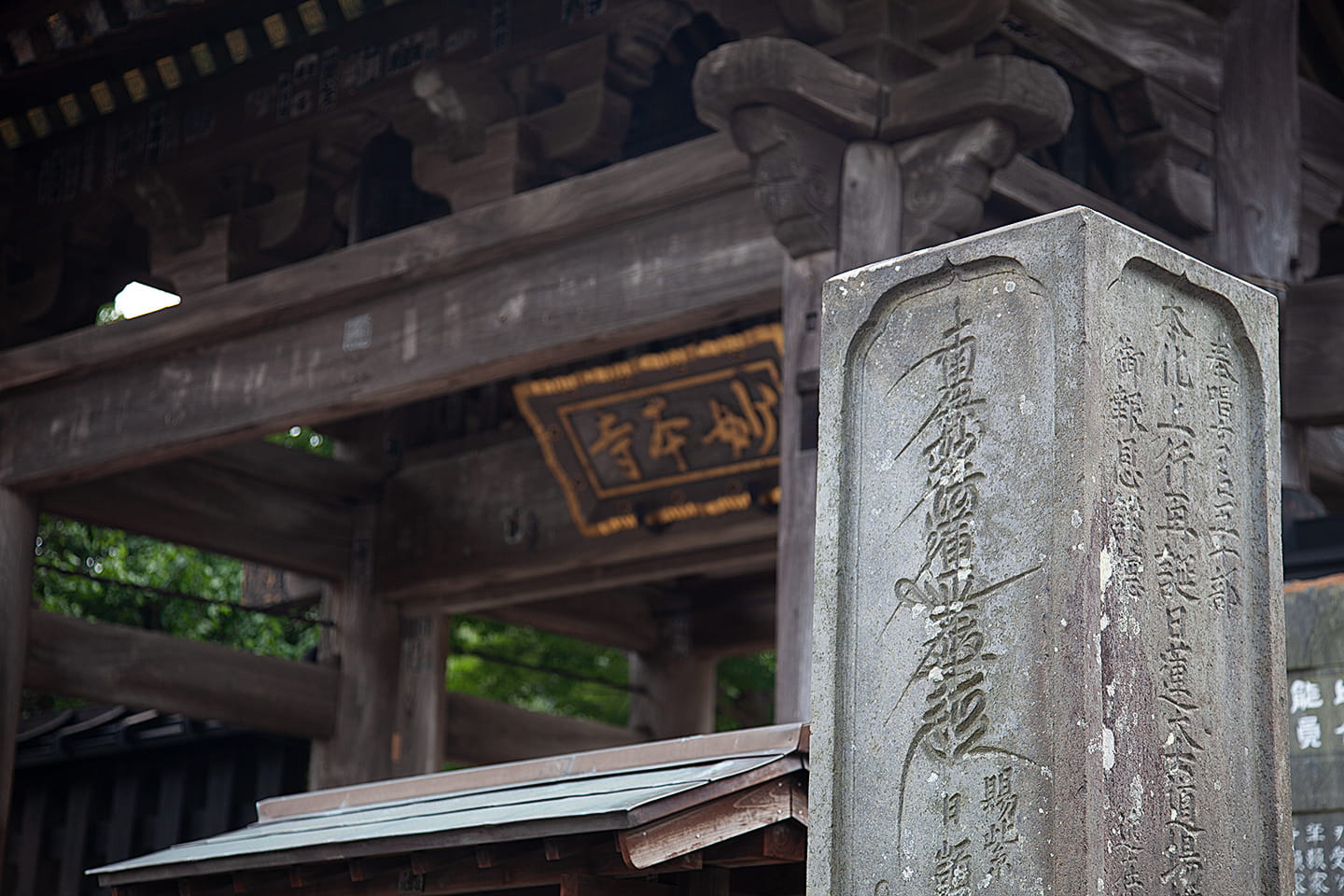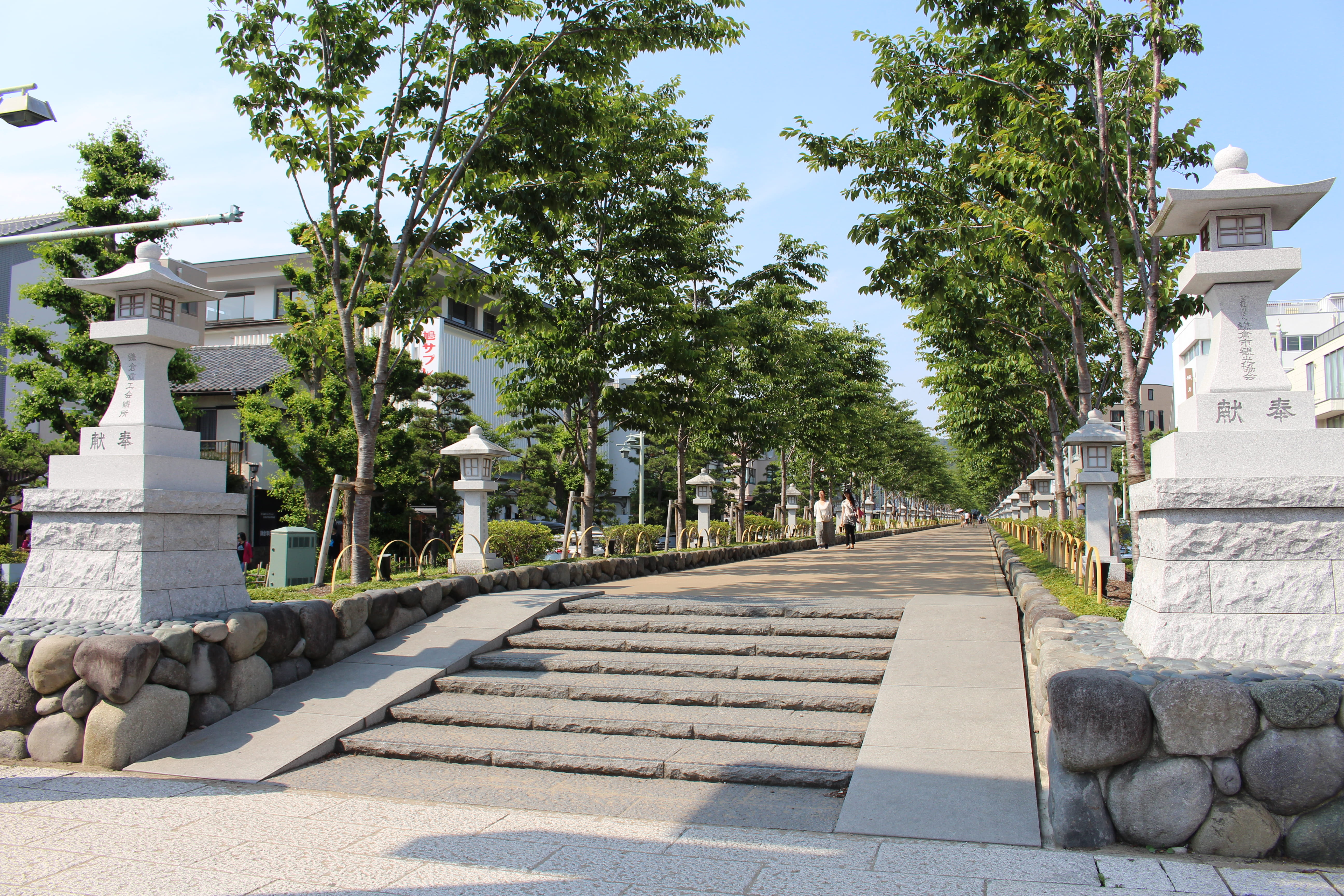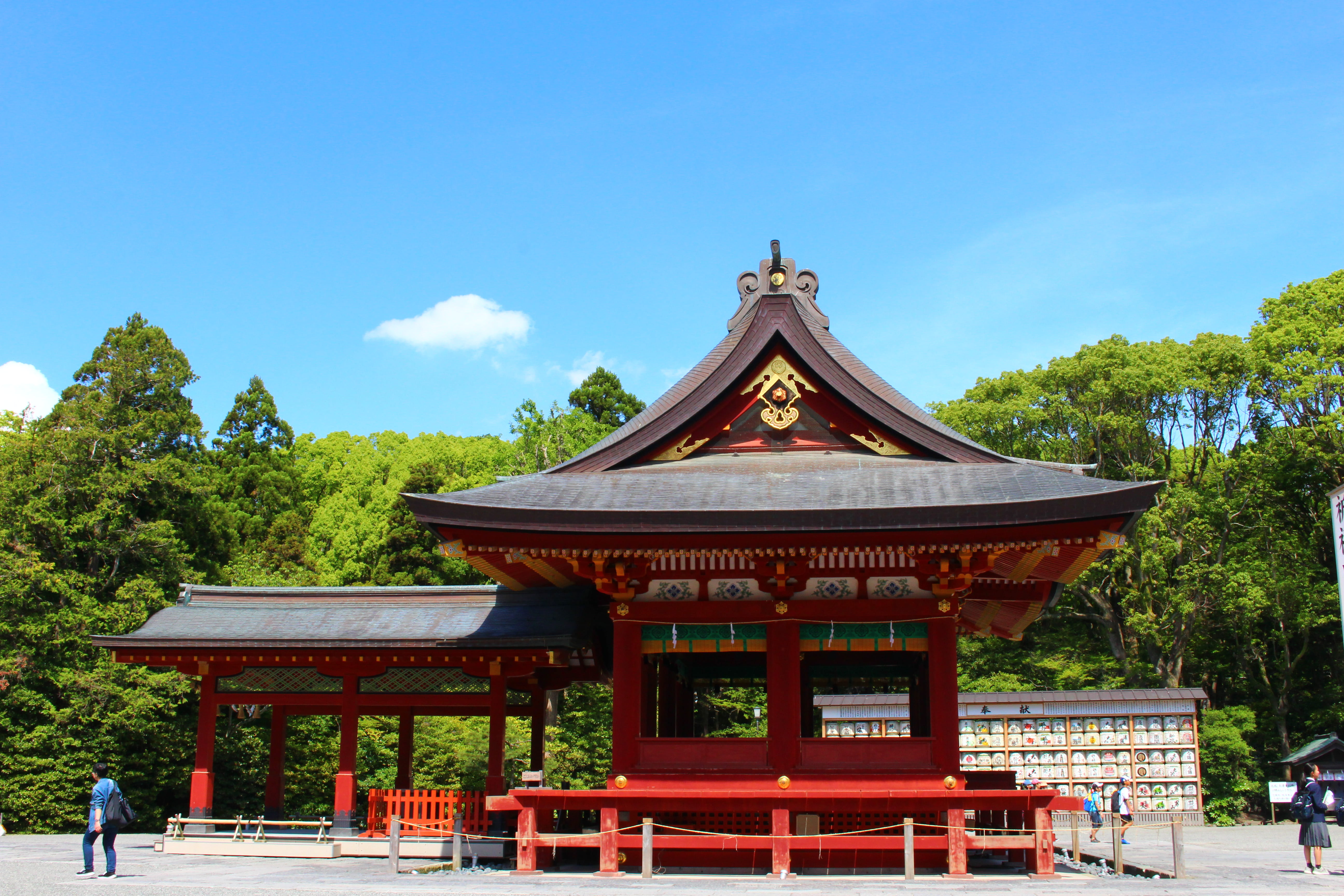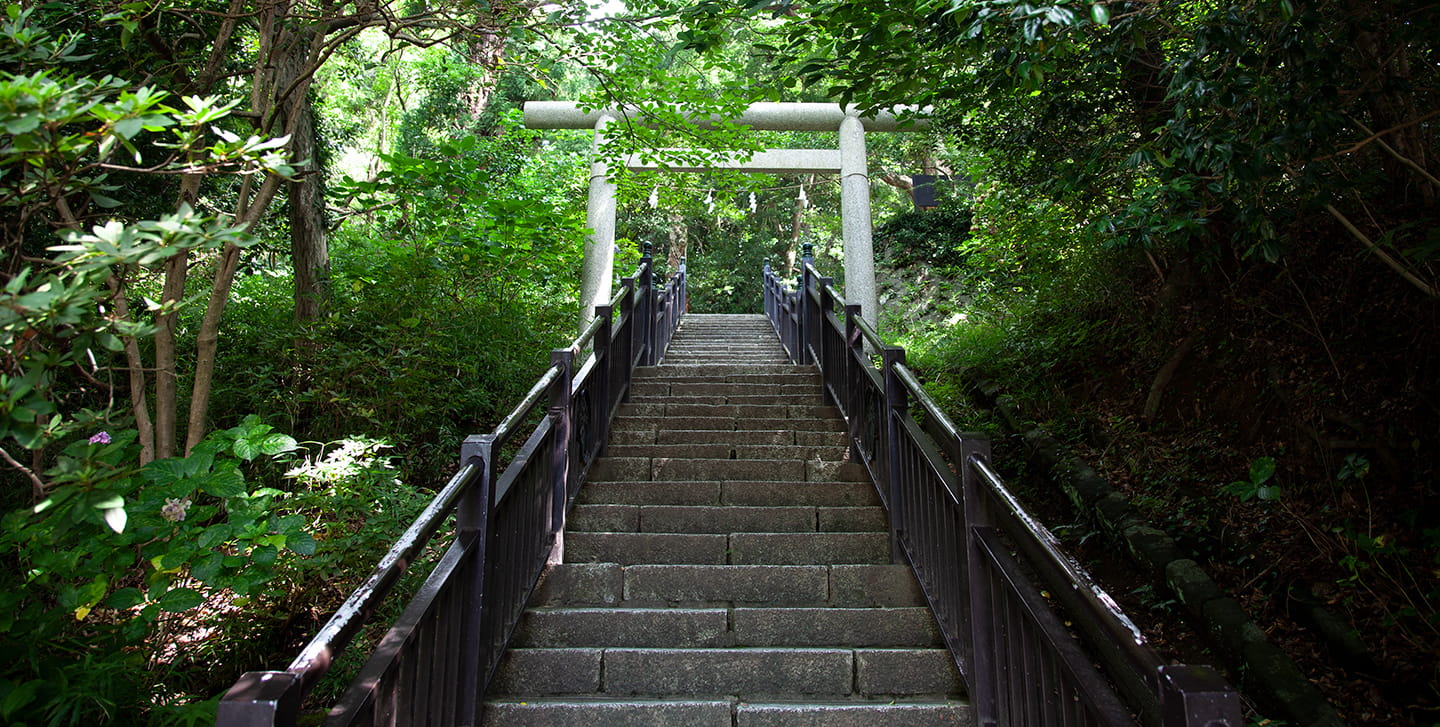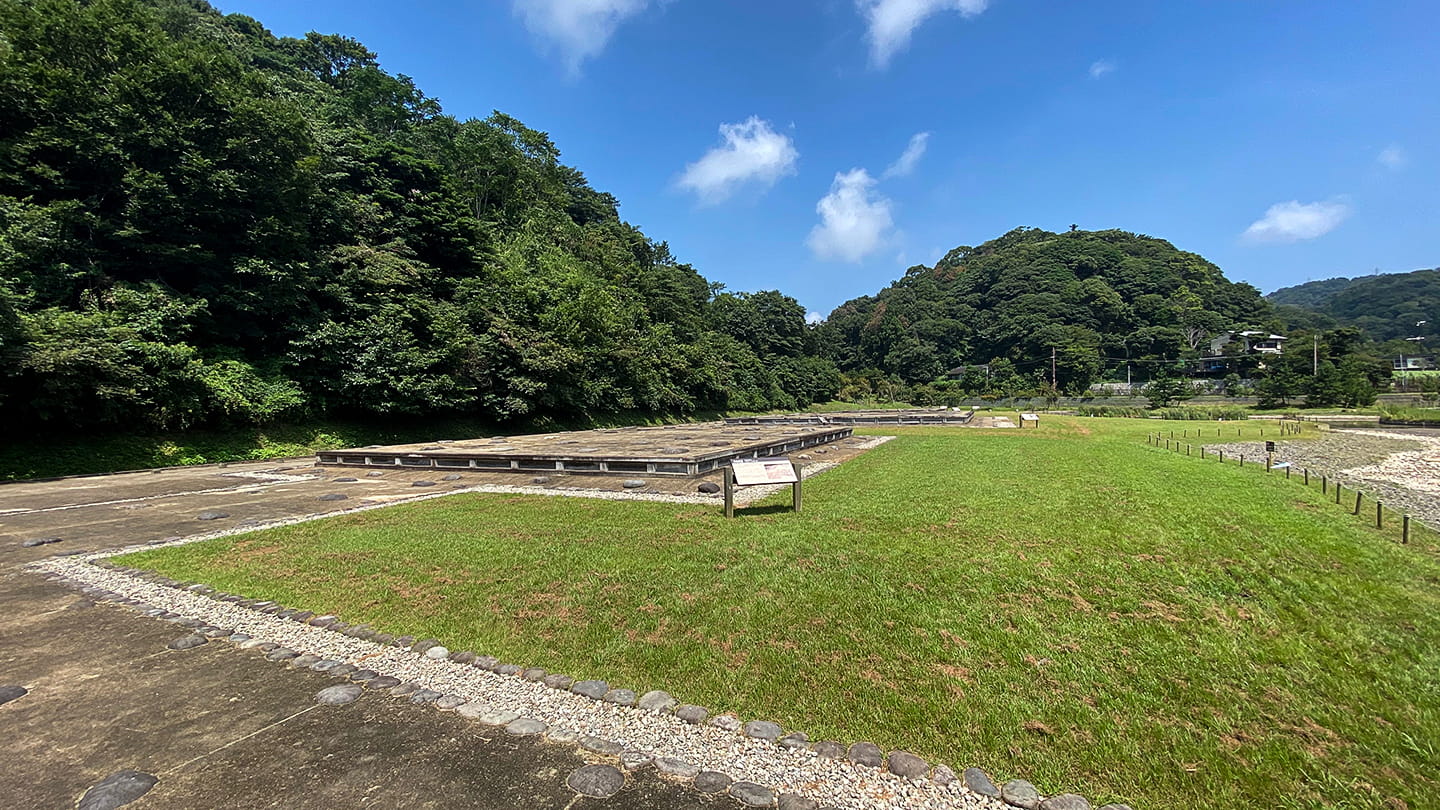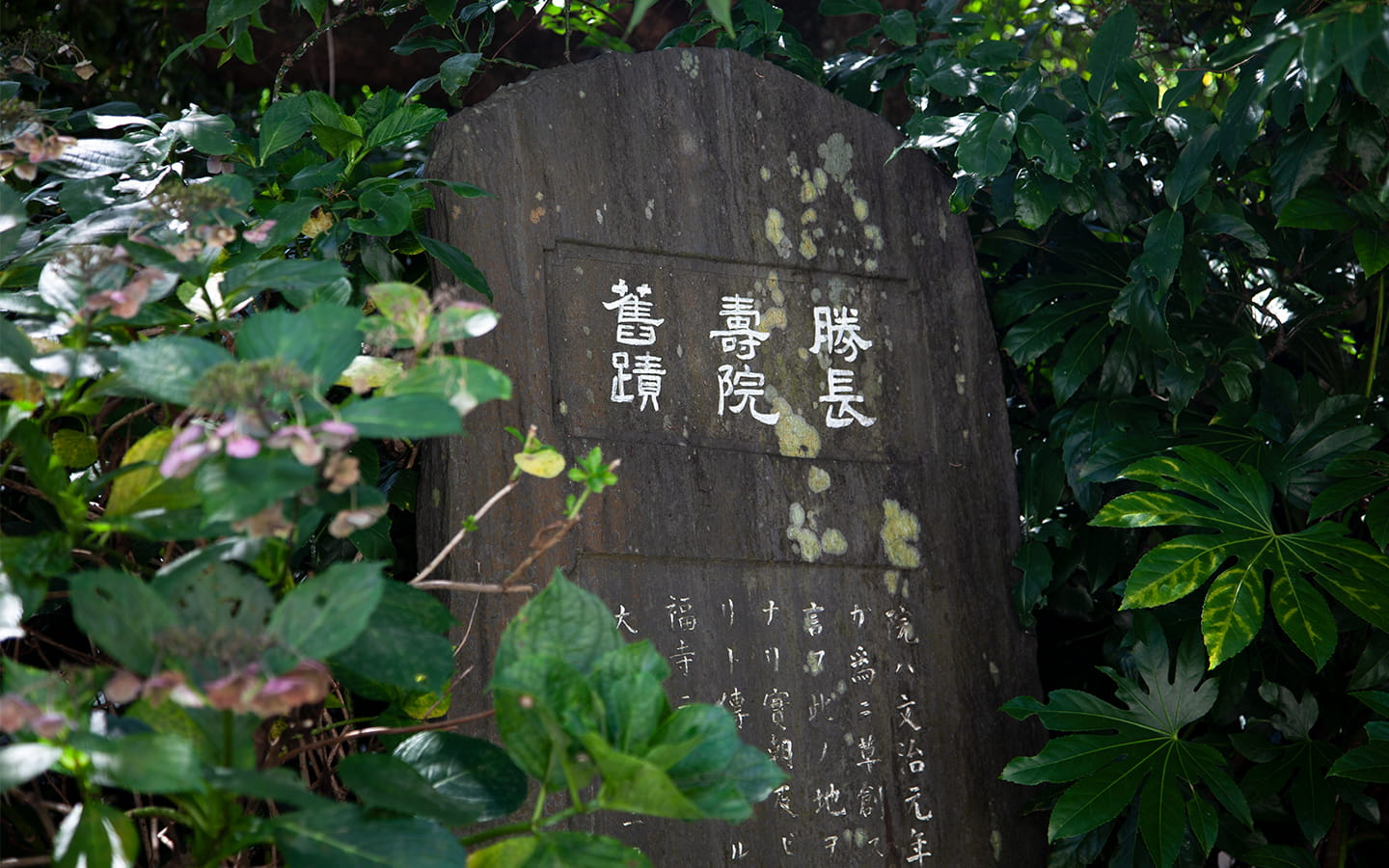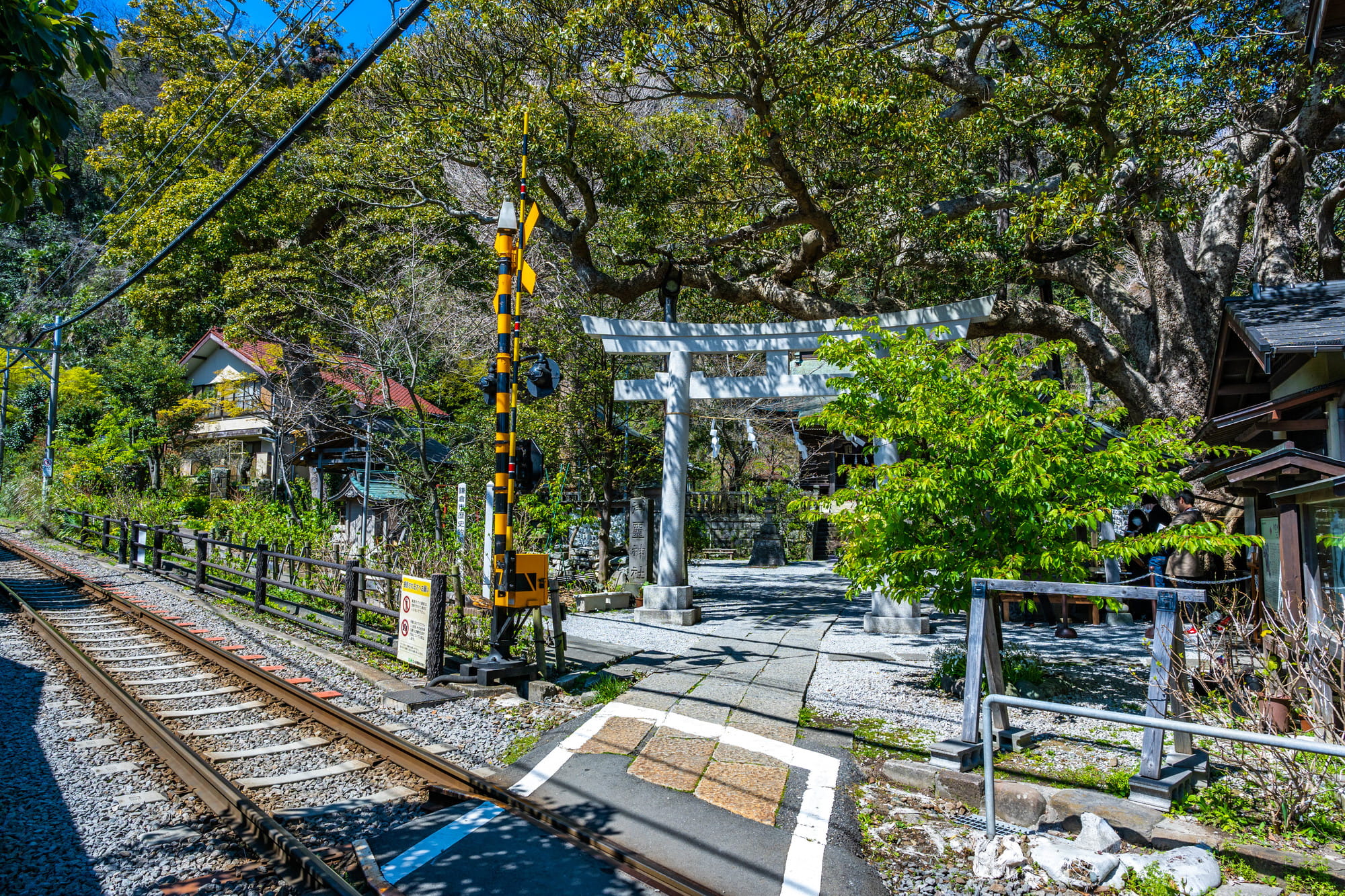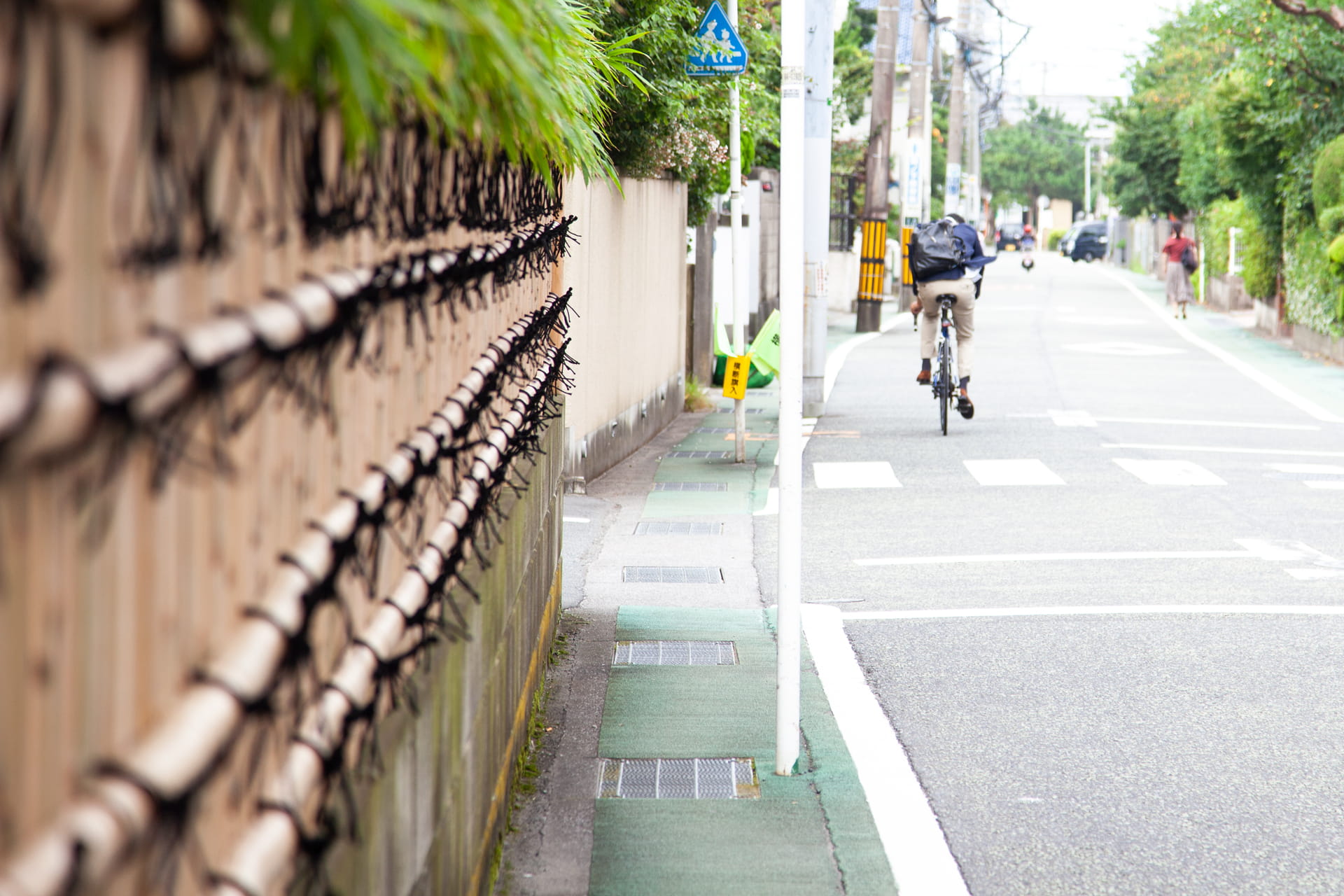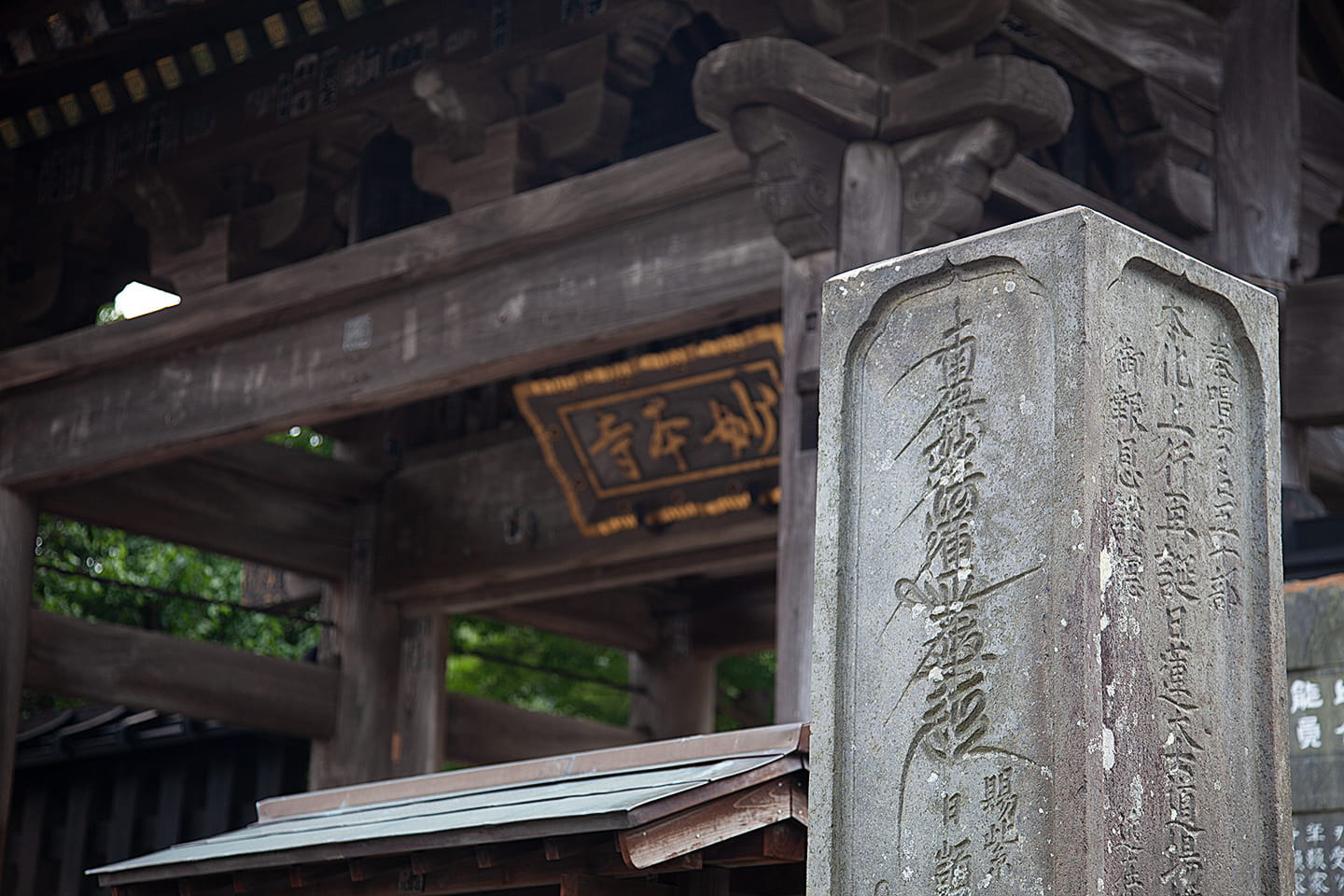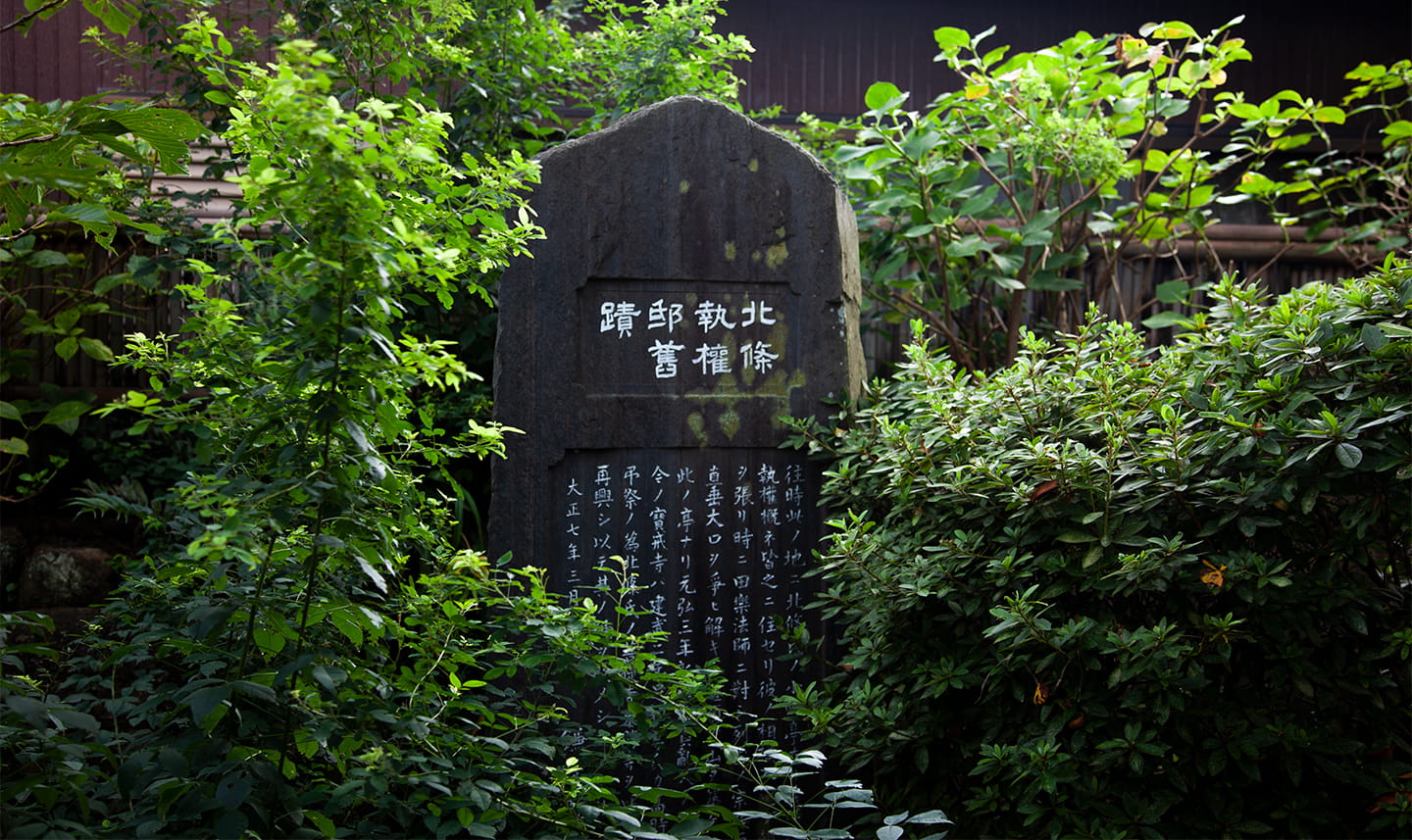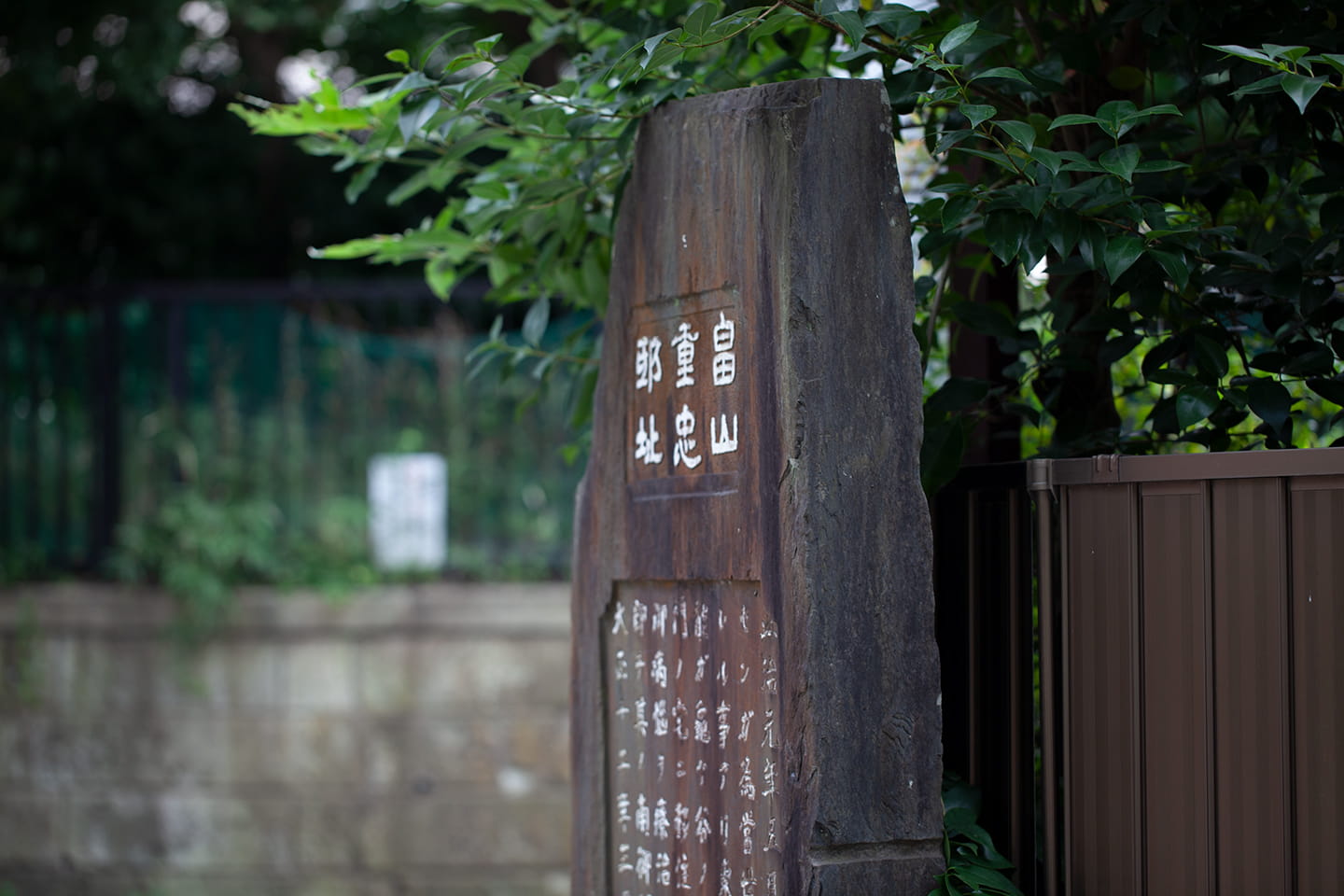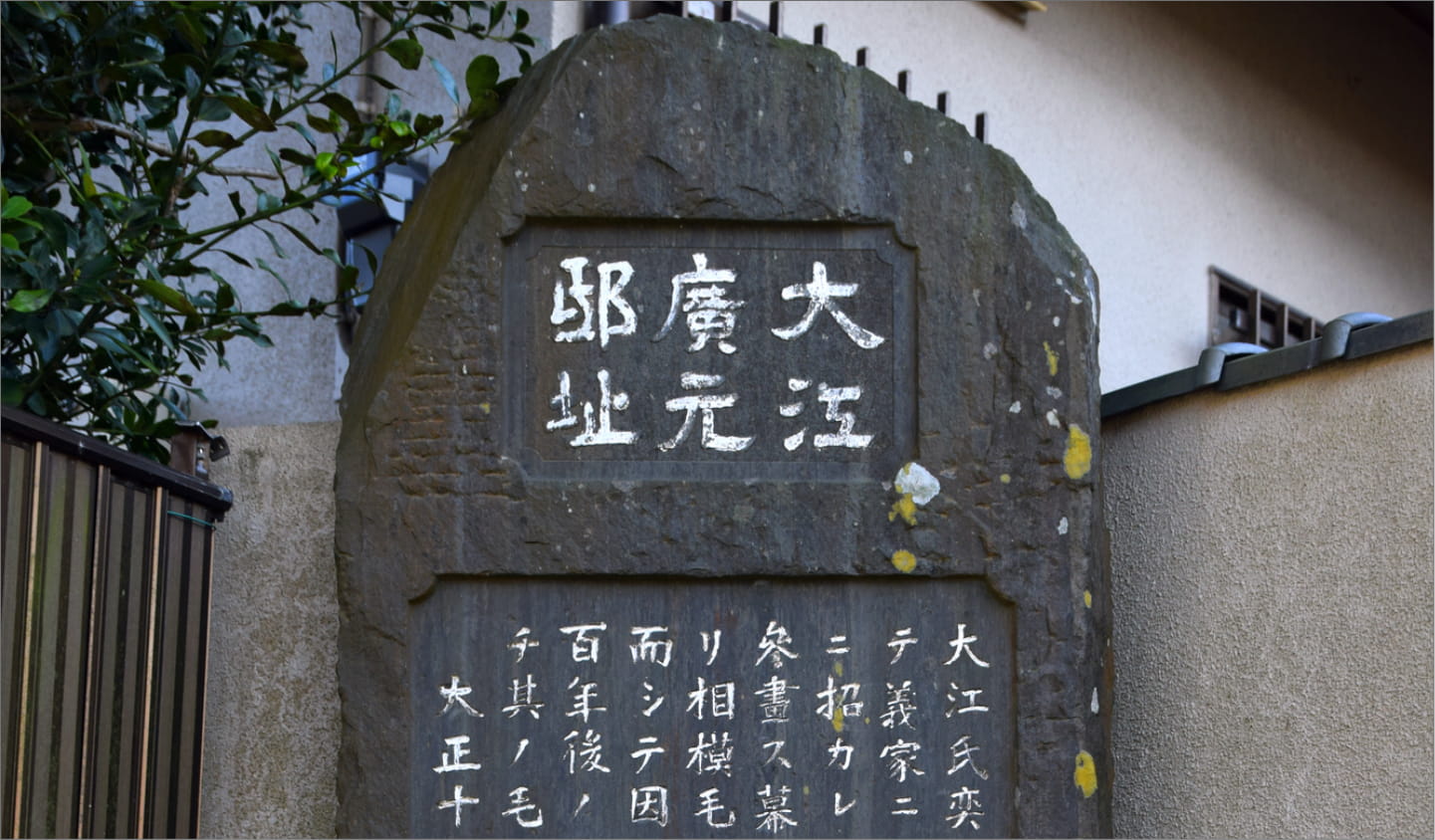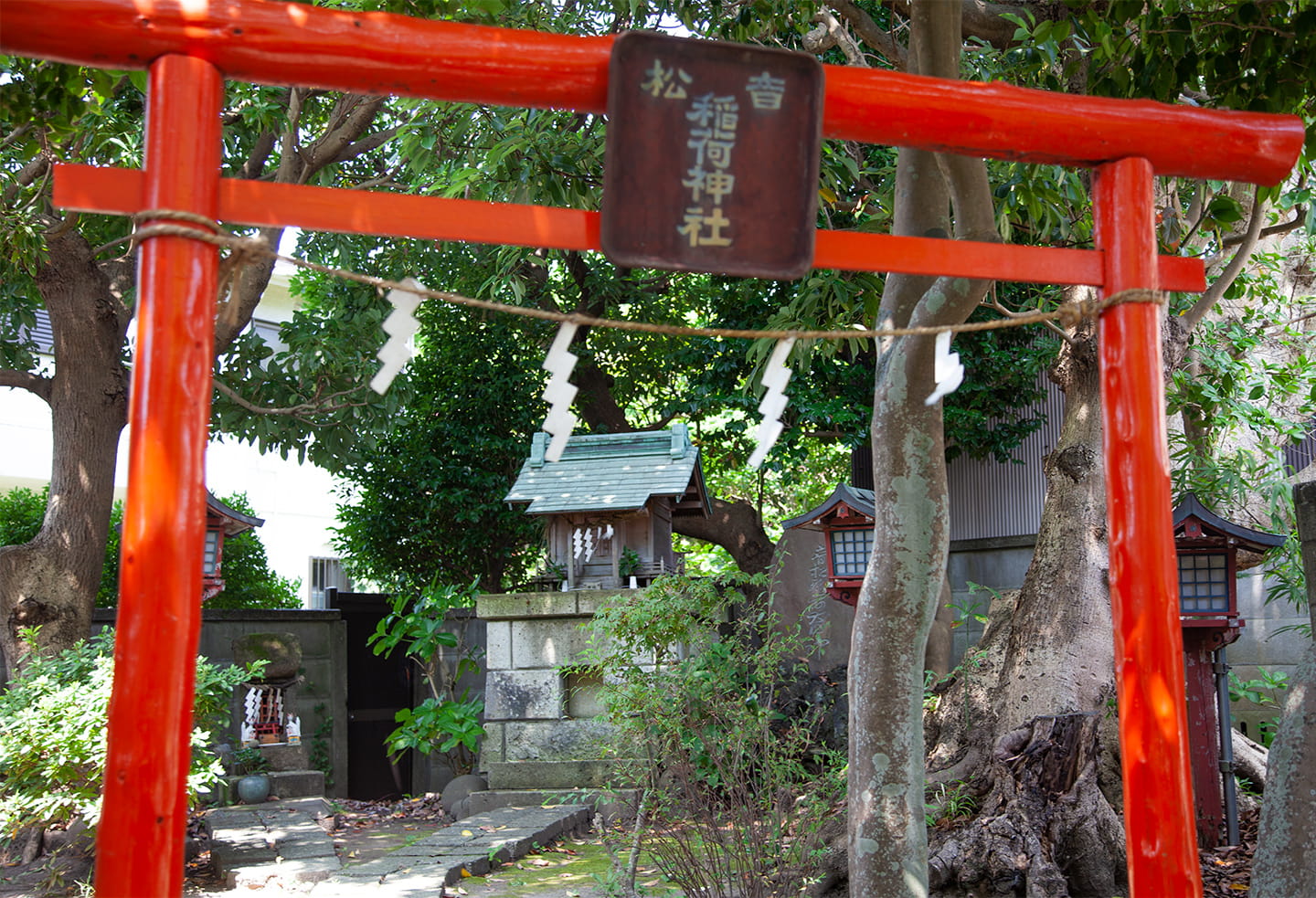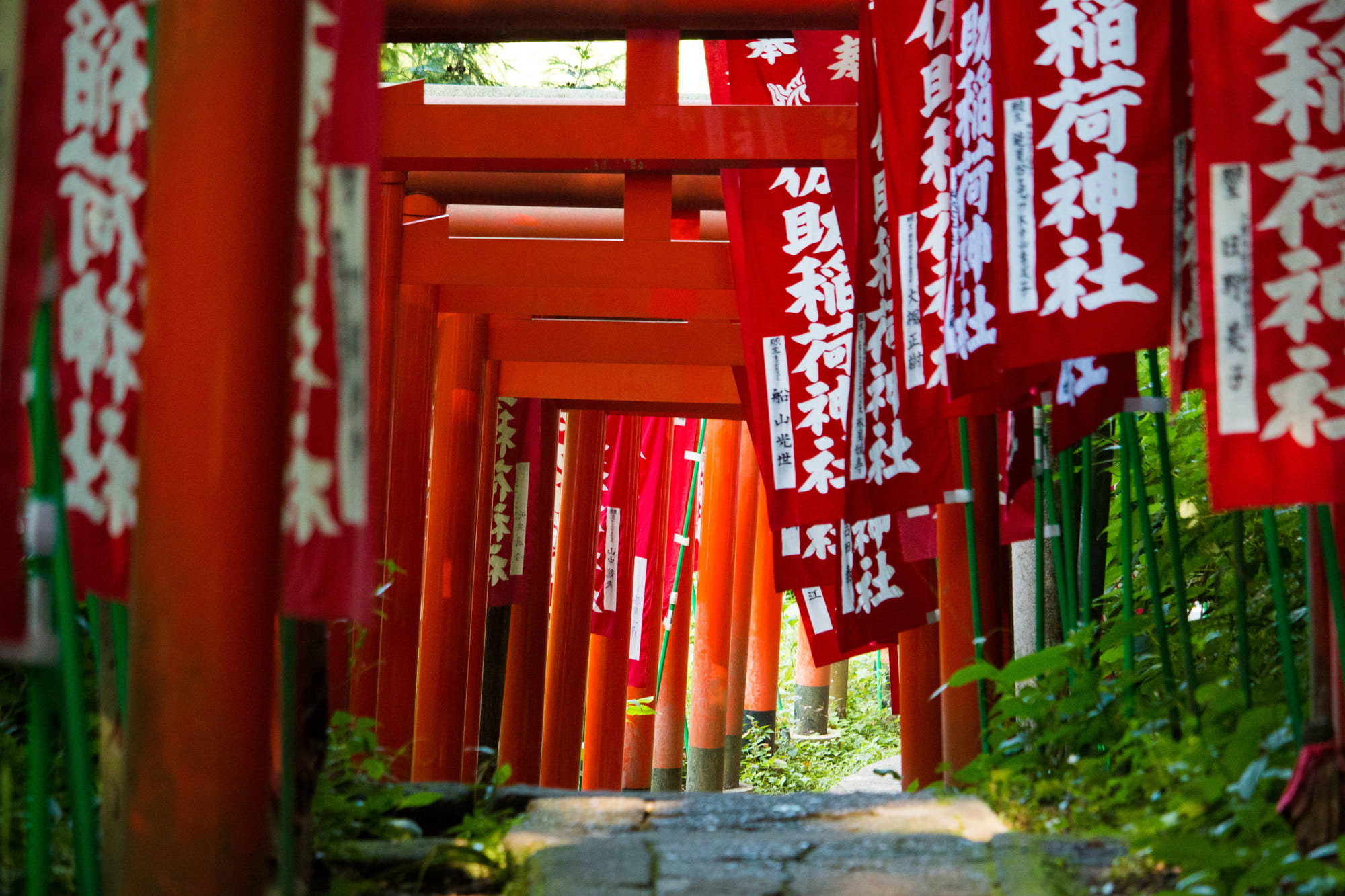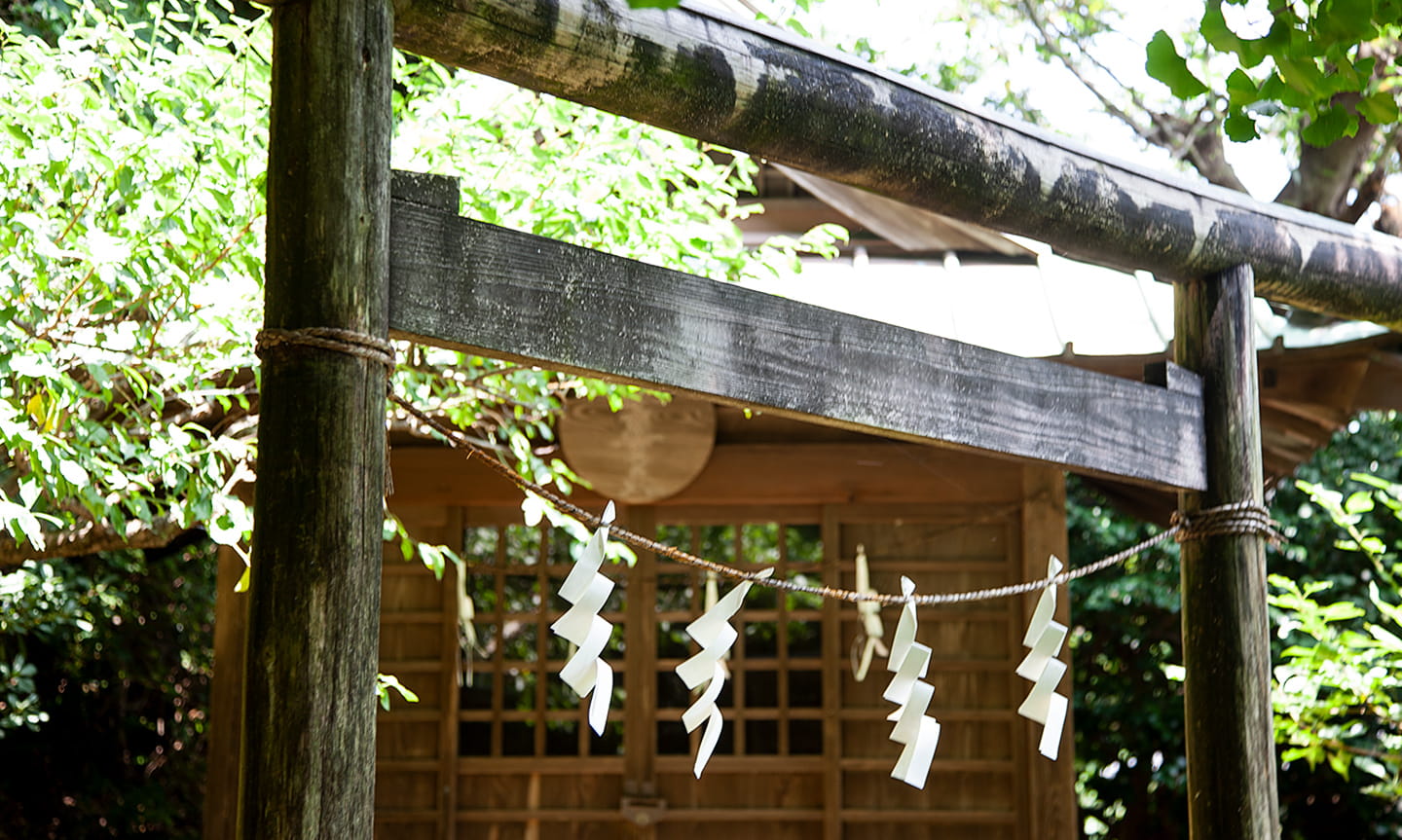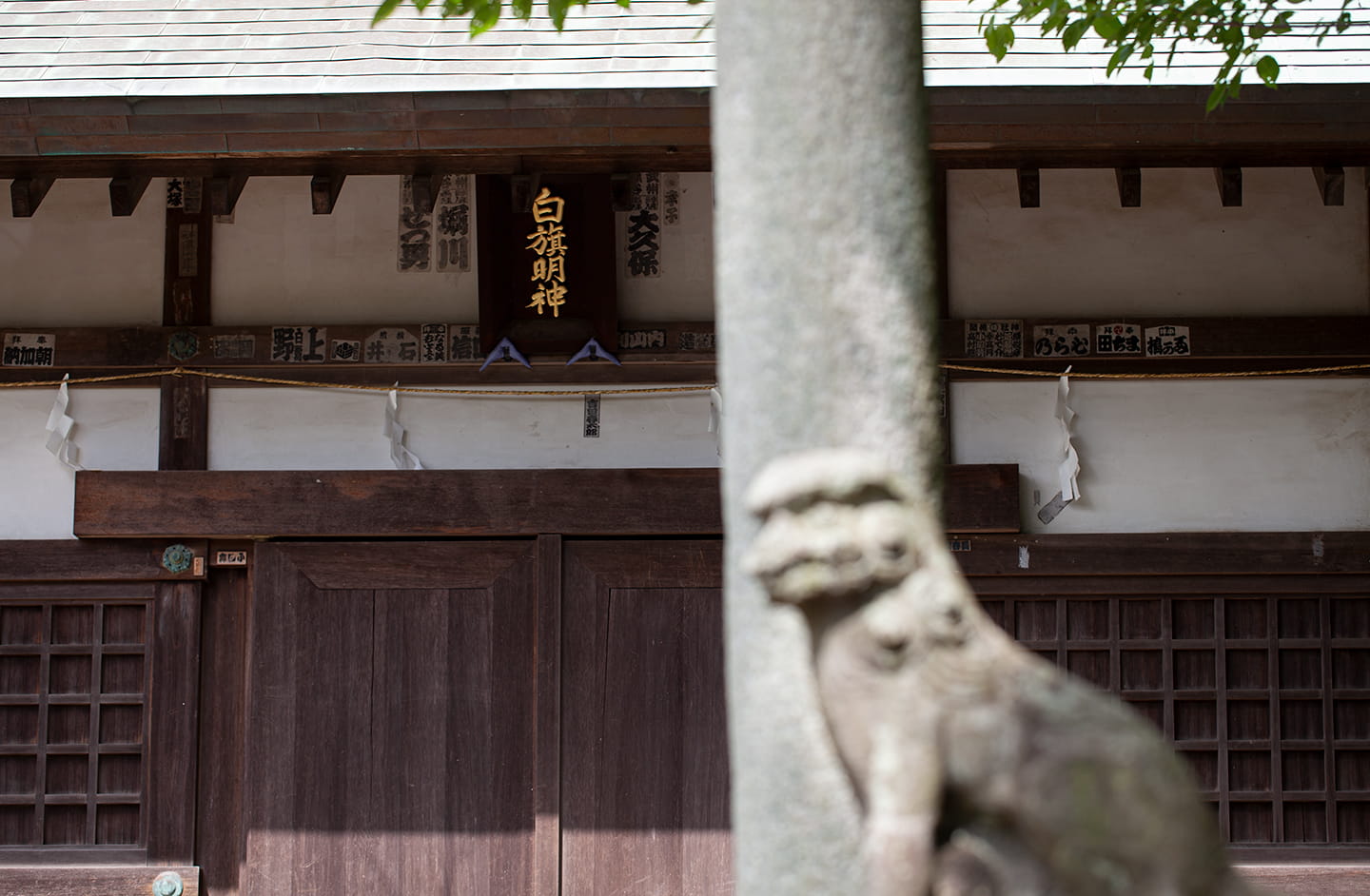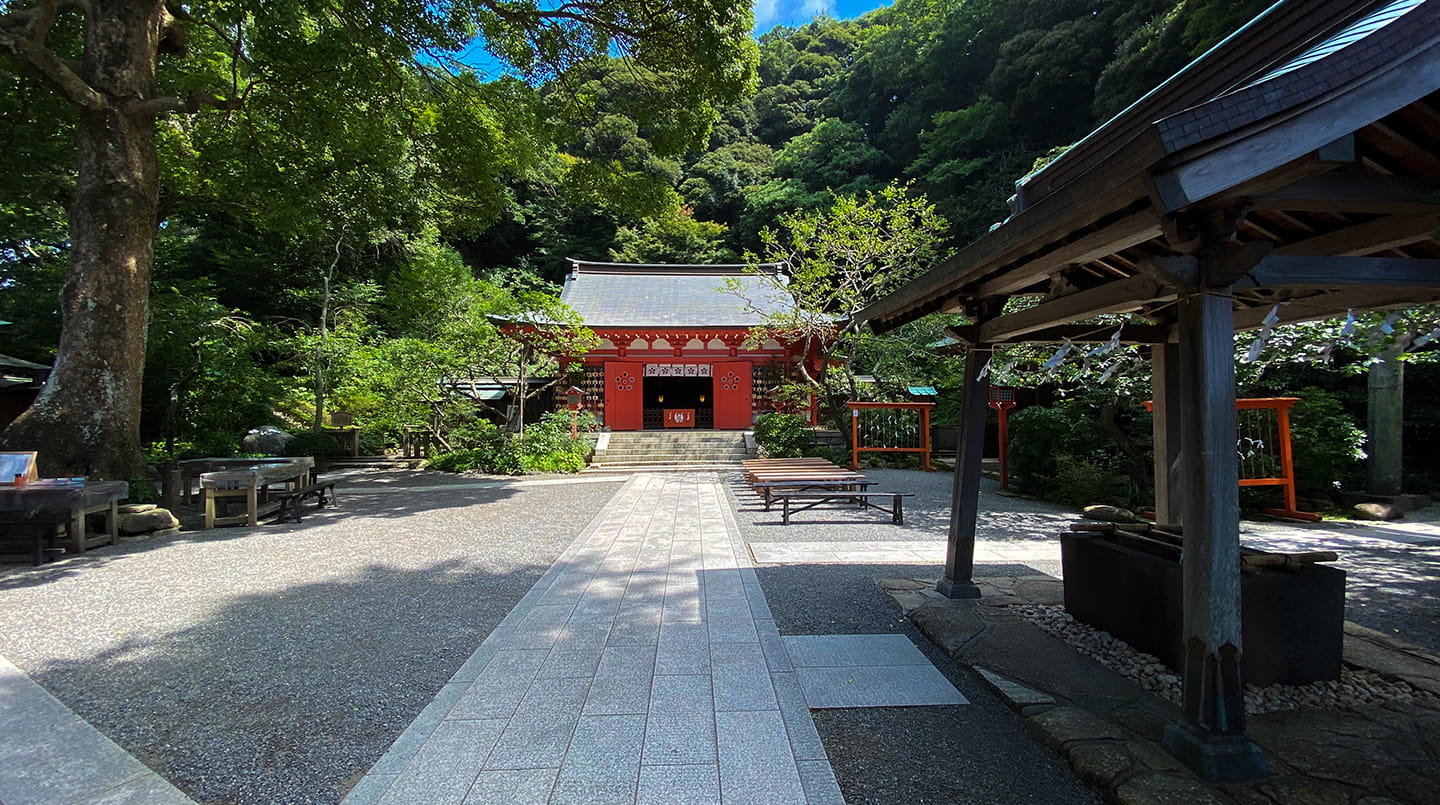See
A Tour of the Kamakura Period
There are many historical sites around Tsurugaoka Hachimangu that tell the story of Kamakura. Why don't you use the shrine as a starting point for your tour of Kamakura?
A Tour of the Beginning and End of the Kamakura Shogunate
The Kamakura shogunate was the first samurai government in Japanese history. The tour will take you to the historical sites of its birth and demise, from Sasuke Inari Shrine, which honors the omen that lead to the ousting of the Heike family, to Toshoji Temple, the site of the Kamakura shogunate’s eventual end.
1. Genjiyama

It is thought that this mountain was called Mount Genji because the residences of the Genji clan were located at the foot of the mountain for generations. Legend has it that Minamoto Yoriyoshi and his son Yoshiie set up the white flag of the Minamoto clan on this mountain to prepare their forces for their conquest of Oshu. At the foot of the mountain, there is a derrick that is said to be the graves of Minamoto Sanetomo and Hojo Masako. A statue of Minamoto Yoritomo, dressed in armor, sits at the top of the mountain and still watches over the city of Kamakura to this day.
2. Sasuke Inari Shrine

When Minamoto Yoritomo fell ill after being exiled to Hirugakojima, a white-haired old man who called himself Inari from the hidden village of Kamakura appeared in Yoritomo’s dream three nights in a row and advised him to take revenge on the Heike family and unify the country. Later, Yoritomo, who founded the shogunate, discovered a small Inari shrine dedicated to the old man in Sasukegaya and, in gratitude for the man's kindness, rebuilt the building. The shrine is also called Otasuke Inari, Shusse Inari, and Shouri Inari because it helped Yoritomo revive the Genji clan and helped him to rise in the world, and many worshippers come to visit it.
3. The Site of the Okura Shogunate

This is where Minamoto Yoritomo, who came to Kamakura, set up his residence and early governmental functions. While Tsurugaoka Hachimangu was the spiritual core of the Kamakura shogunate, this was the center of its daily activities.
4. The Grave of Minamoto Yoritomo (Shirahata Shrine)

Passing by Shirahata Shrine and Hokkedo Ruins, which are dedicated to Minamoto Yoritomo, and walking up the stone steps, you will find the grave of Yoritomo. Although it may look simple, Yoritomo's grave is built in a stratified tower style despite the fact that most of the graves in Kamakura were built in yagura (horizontal cave tombs) style. From this fact it is clear that Yoritomo was treated as a special person who was distinct from other influential family members from the beginning.
5. Kehaizaka Hill

It was one of the seven main roads into Kamakura at that time. Along with Kobukuro-zaka and Gokuraku-ji-zaka, it was the main battlefield during the Kamakura offensive by Nitta Yoshisada, which led to the end of the Kamakura shogunate. In particular, Kehaizaka Hill was the place where Yoshisada himself led his troops to attack. Afterwards, Yoshisada attacked the center of Kamakura via Inamuragasaki and won the battle.
6. The Site of Toshoji Temple

This place is also famous as the "gutters’ derrick". Due to the attack on Kamakura by Nitta Yoshisada, Hojo Takatoki, the 14th regent of the Kamakura shogunate, moved with the other shoguns to Toshoji Temple, the family temple of his ancestors, and set fire to the temple. 283 members of his family, about 870 people in all, committed suicide there. The Kamakura shogunate, founded by Minamoto Yoritomo, came to an end at Toshoji Temple.

















